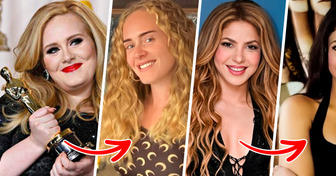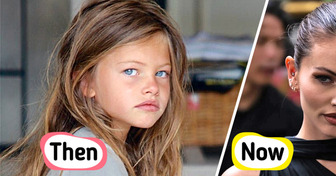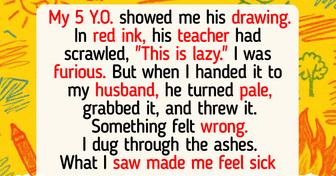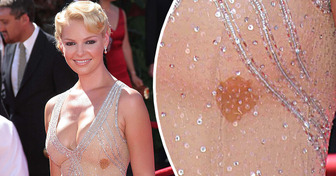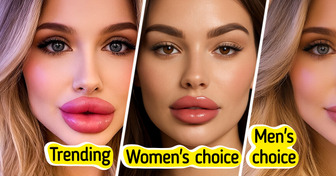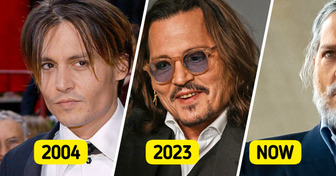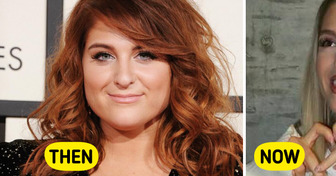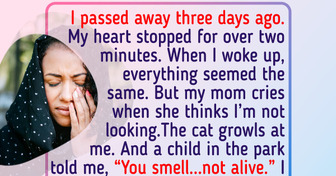“She Looks Strange”, Angelina Jolie Rocks the Red Carpet with Her Daughter, but People Point Out One Detail

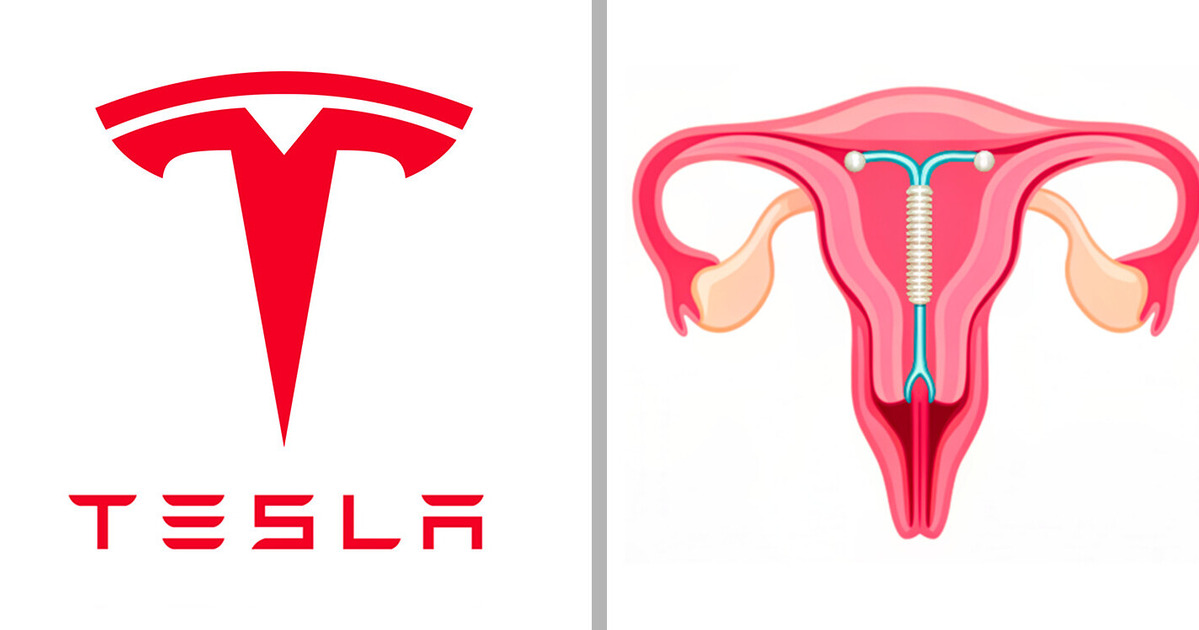
Many of the popular logos that we see almost every day have a mystical origin. In some logos, you can see the coded messages and symbols that were created by designers specifically to attract more attention to famous brands. We have decided to reveal all the secrets hidden in the logos of world-famous companies.
Despite their different origins and purposes, Aang and Amazon app icon share some superficial similarities beyond just the blue arrow and smile shapes. Both use a predominantly orange or tan color palette and employ minimalist designs with clean lines. The character’s rounded head shape is somewhat mirrored in the app icon’s rounded square form. Both feature distinctive marks prominently positioned on the upper portion of their designs, which serve as instantly recognizable identifying features.
The brand of parboiled rice and other foods appeared on the American market in 1943. Since 1946, the company logo has included a photo of an elderly black man with a bow tie. One story says the prototype is Frank Brown, a Chicago maître d’hôtel.
The company’s owners saw him at a Chicago hotel and paid him for the rights to use his face as their trademark.
The Tesla logo, which looks like a sleek “T,” might have unexpected sources of inspiration. Some people think it looks like an IUD, a small, T-shaped device used for birth control. The shape of the logo, with its straight line and crossbar, is similar to the IUD’s design. Others think the logo looks like a cat’s nose, with the rounded top and lines resembling a cat’s nostrils. These comparisons show how people can see familiar shapes in simple designs, making the Tesla logo even more interesting.
The Hershey’s Kisses logo hides a candy that looks like a drop.
Versace’s logo was created in 1987 by Gianni Versace. Versace was inspired by the sculpture of Medusa Rondanini, which shows how Medusa became beautiful.
Versace chose Medusa as the logo because she made people fall in love with her. He hoped it would make people love the clothes and shoes made by the brand.
The Walt Disney Pictures logo appears at the start of most Disney movies. You can see the fairytale castle from Sleeping Beauty and Cinderella in almost every movie. It was inspired by the Neuschwanstein castle near Füssen, Germany. Ludwig II of Bavaria owned it.
It’s not a falling star, it’s Tinker Bell from Peter Pan.
The Laughing Cow logo is a happy cow with earrings that have the same cow and earrings. The Droste-effect makes the logo mysterious and memorable.
This logo, called a meatball, was designed by NASA employee James Modarelli in 1959. The logo shows different aspects of aeronautics and space research.
The blue circle represents our planet. The stars show space. The red wing symbolizes flight. A spaceship orbiting the agency represents a space journey.
The name is LUK, which stands for the oil-producing cities of Langepas, Uray, and Kogalym.
As we’ve uncovered the hidden meanings behind everyday logos, a new challenge awaits. Distinguishing authentic products from counterfeits can be a tricky business, but we’ve got your back! In our next article, we’ll reveal the telltale signs that separate genuine products from cheap imitations, so you can avoid the pitfalls of knock-offs.

